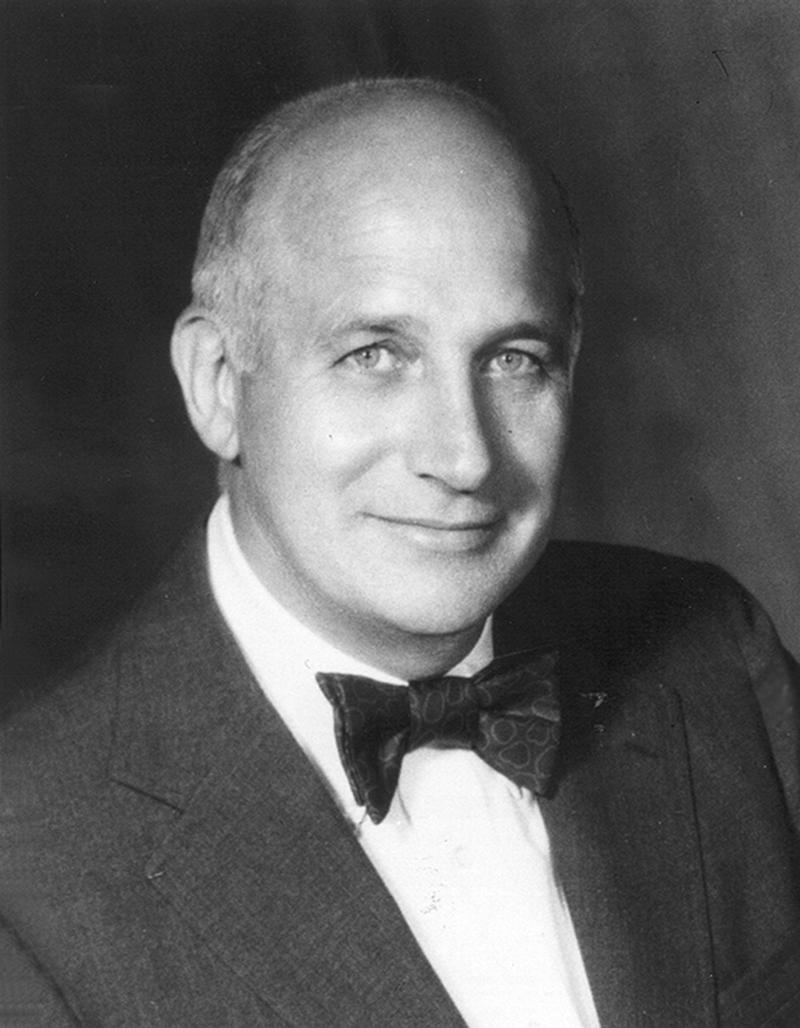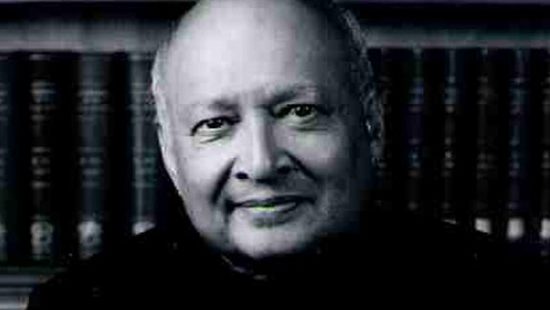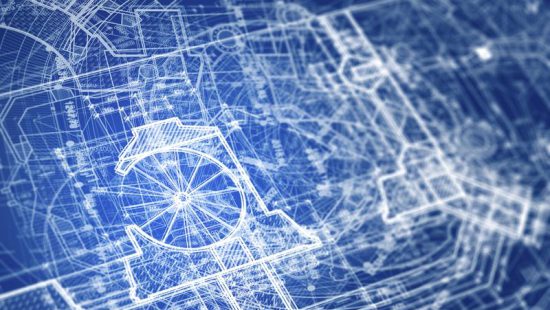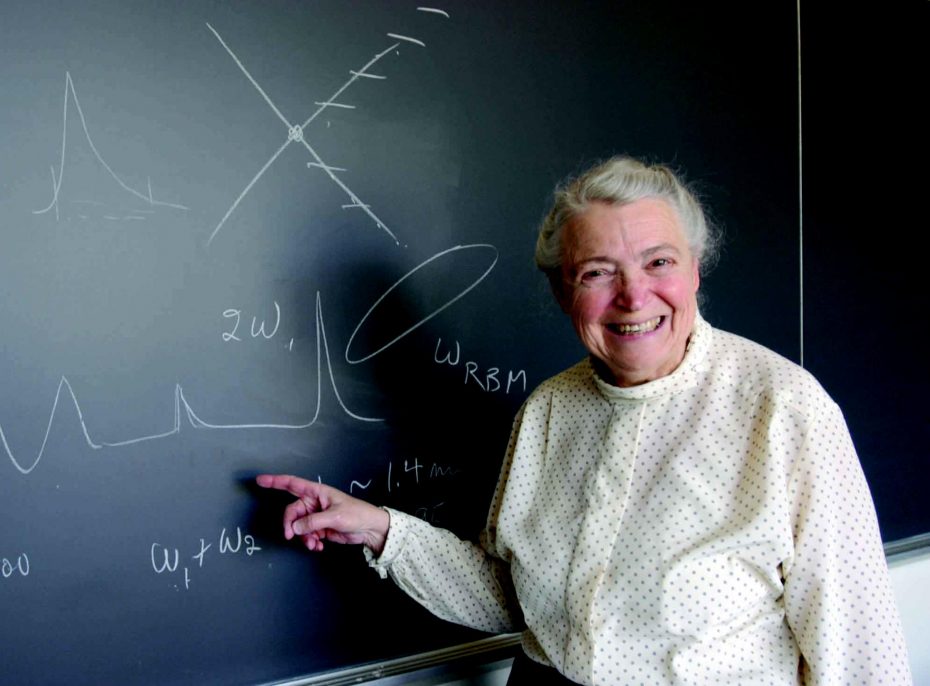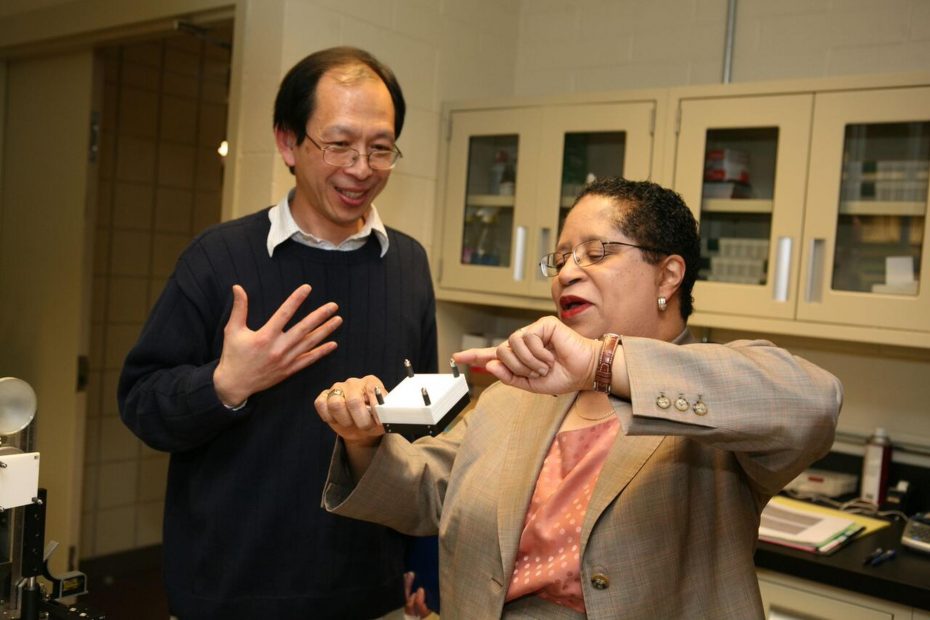A person with a paper and pencil can add two 10-digit numbers in about 10 seconds. A calculator reduced that time to four seconds while Harvard’s Mark 1 machine, created in 1944, solved the problem in .3 seconds.
Later, the electronic numerical integrator and computer – ENIAC for short – came along, solving the same problem in .0002 seconds, setting the stage for our modern electronics.
“That’s 50,000 times faster than a human, 20,000 times faster than a calculator and 1,500 times faster than the Mark 1,” co-inventor J. Presper Eckert Jr. said in 1989. The 30-ton device, built with 18,000 vacuum tubes, crunched more complicated equations than its predecessors.
It was created for the U.S. Army for calculating artillery trajectories that would otherwise take 20 hours to be solved by clerks – ”people who were called computers,” Eckert said.
“So the machine that does the work,” he added, “was called a computer.”

